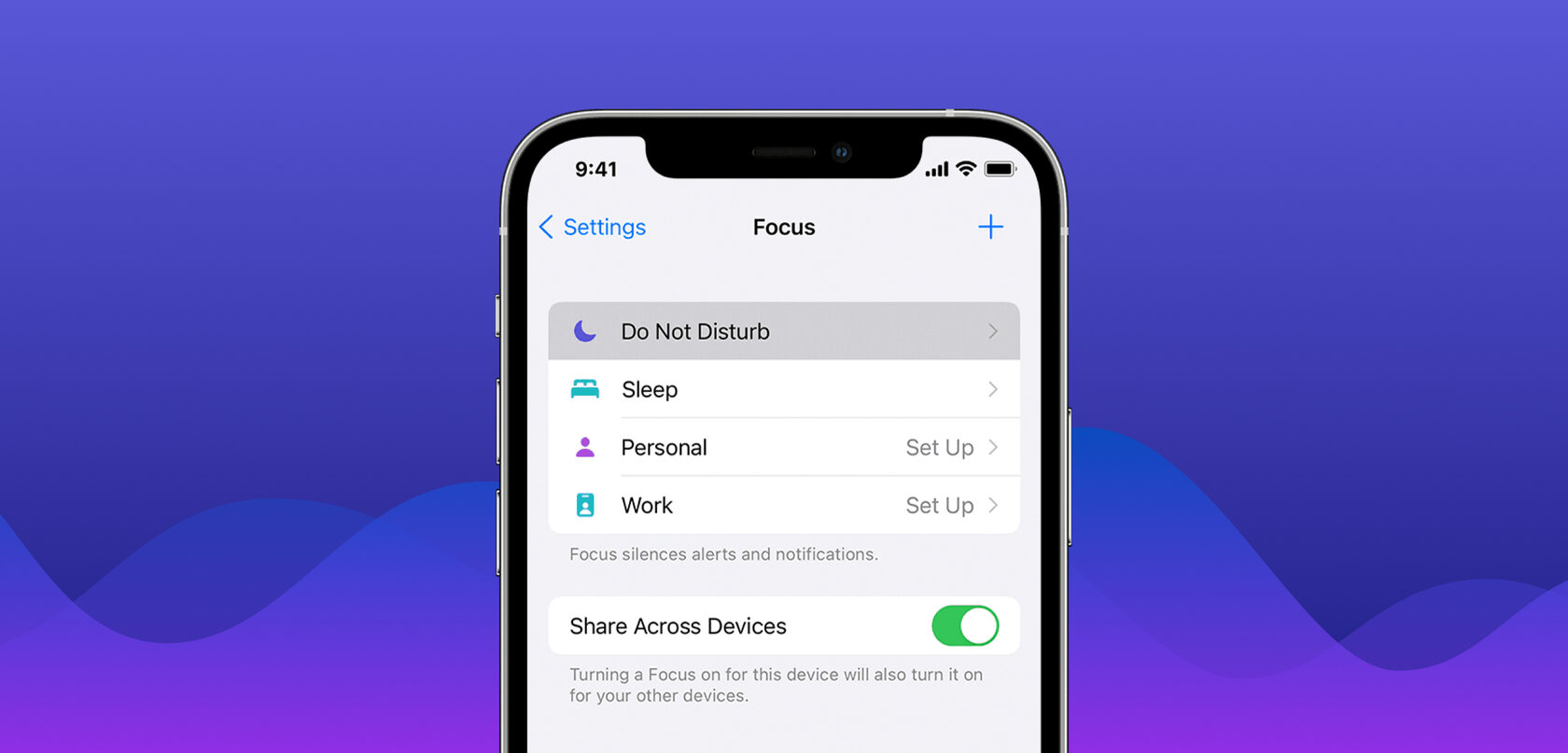Of course, that was before we knew that this pandemic would drag out from weeks, to months, and now, into years – with some of the world’s population still unable to access the Covid-19 vaccine. The general consensus was that we’d adopt this new way of life and take some time to stop and smell the flowers, literally.
But very quickly, managers, work-from-home naysayers, and the inexperienced remote worker began to schedule and over-schedule meetings.
We’ve scrolled through Instagram to read the BuzzFeed horror stories about how managers scheduled AM and PM check-ins to ensure workforce productivity, forced employees to leave their cameras on during their entire workdays, or how coworkers schedule meeting after meeting with no clear agenda, purpose, or real set outcomes “just to feel connected” to their colleagues.
The abrupt shift to remote work very quickly evolved from a focus on mental and emotional well-being and a focus on what matters most to an increase in incessant meeting invites, overbooked calendars (video meetings have increased by 50% since the pandemic), and employees voicing their concerns about not having time to grab a sip of water, a bite to eat, or a moment alone to use the bathroom, resulting in burnout and decreased overall well-being.

To avoid sitting sedentarily at your desk from dawn to desk during the workweek, read on to learn how to set boundaries and prevent burnout while working virtually.
Silence Your Notifications
One extremely important tactic we use at Katch to help us avoid burnout and set boundaries is to silence our notifications when we’re not actually available to communicate.
Too often, people make this mistake of allowing themselves to be accessible at any time throughout the workday. Just because you’re at your desk and working on your computer, doesn’t necessarily mean you're available to your coworkers. In fact, having your notifications constantly on can cause a pattern called 'switch cost'. This is when an interruption such as a notification distracts our attention from a task – and this constant switch can be detrimental to your ability to be productive and stay focused.
Whether we’re writing a blog, in a product build, or meeting with our wonderful investors, we make sure that we set ourselves as “away” or silence our notifications during those times when it’s important to focus in on the work we’re doing or the conversations we’re having with others in those moments.
The constant ding or pop-up from a notification from a coworker, an email, or text can not only induce feelings of stress and anxiety but it also can be a huge productivity killer if you’re switching from screen to screen to respond to a message.
We’ve made the mistake, in the past, of always “being on” and it’s definitely an impossible state to remain in; you can feel pulled in too many directions and responsible for immediately responding to an email or a chat message.
Trust us, you’ll feel more in control of your day, more productive, and less stressed if you silence these distractions for portions of work time throughout your day.
Block Your Schedule
We are big advocates for time-blocking! So much so that we’ve already discussed how defensively time-blocking your calendar can lead you to have a more productive day.
But what we didn’t mention is that time blocking is a great tool to help you alleviate burnout. Why? Because it helps you get sh*t done and create the space for whatever it is that you want to do on any given day – even if it’s to sit and do nothing.
The art of time-blocking or mapping out your day so that you spend certain times on specific tasks is one of the most sure-fire ways to ensure that you’re checking items off your daily and weekly to-do list and/or getting that walk in with your dog because you’re designating time to do exactly that.
Silencing your notifications and time-blocking have a very mutualistic relationship – they go together - and doing both will allow you to focus on the things you want to focus on during your day, lessening the likelihood that you’re overworking or not taking that already scheduled break you set for yourself.

Switch Off Your Camera!
If you need to hop on a video-call, it’s ok to switch off your camera. Over the last few months, our timelines have been flooded with reports and studies showing the effects of constantly having your camera turned on during a meeting can lead to burnout and fatigue.
According to Kristen Shockley, professor of psychology at the University of Georgia in Athens,"Our study revealed that there's something about the camera being on that causes people to feel drained and lack energy”. Some additional reports have suggested that the increased stimulation from having to look at yourself and others on back-to-back calls throughout the day can be distracting and anxiety inducing.
Not surprisingly, this same study revealed that switching cameras off during meetings can enhance productivity and engagement because employees are better able to focus on the content and less on how they or others look.
Our advice? Reduce the number of video calls you take during a given day or week by sending a Katch instead.
Katch enables you to take control of your calendar and find time to connect with people at the *right time*, for you and them - (no more power struggles over scheduling), and there’s no video option!
Set Boundaries with Your Coworkers
Setting boundaries is one of the best things you can do to prevent burnout.
For instance, it’s important to let your coworkers or boss know if you’re overloaded with work instead of just taking it on. A simple, “I’m managing X, Y, and Z and would be happy to help you out with A. How would you like me to reprioritize my current projects to make this work?” can go a long way in shining some light on the workload you’re managing.
Keep in mind that others may not realise just how much you’ve got on your plate.
In addition to workload boundaries, you may have to address “work style” boundaries.
Inevitably, you’re going to work with someone who has a different working style than you, and if you find that a coworker’s approach feels particularly draining to you – perhaps they’re constantly sending messages without clear and outlined deliverables or calling you at any given time throughout the day with no agenda for that call - it’s okay to let them know that you need to focus on drafting that marketing email or brainstorming for an upcoming meeting.
And if you don’t feel comfortable letting them know directly, discreetly set those boundaries by creating patterns - answer the work-related requests when you’ve completed the tasks you’re focused on, skip those unexpected phone calls, and try to put your needs first by sticking to the schedule you’ve outlined for yourself.
If you’ve designated time to go for a walk, get your workout in, or play with your toddler, that’s your time and it’s perfectly okay to own it.
There is a general expectation that as employees we’re always “on”, but it’s simply not possible to sit and work a productive 8-hour day straight through if you aren’t fueling yourself or taking the mental breaks you need.
In fact, taking the breaks you need can help to reduce decision fatigue, increase creativity, kickstart motivation, and have a positive impact on your overall mental well-being and health.
Take that break. Set that boundary!
Interested in learning more about what we’re building at Katch? You can visit us at GoKatch.com or reach out to us at info@GoKatch.com to continue the conversation.



